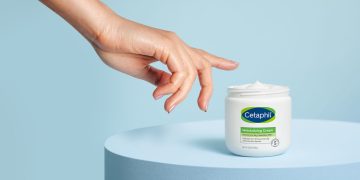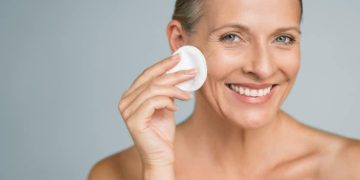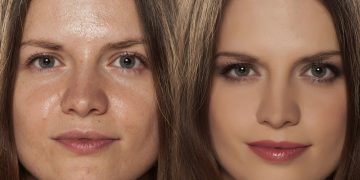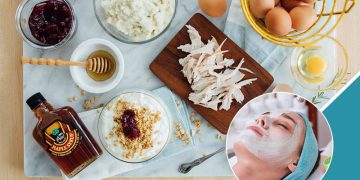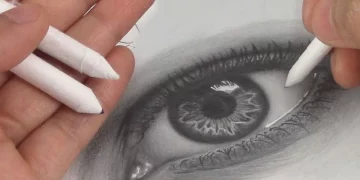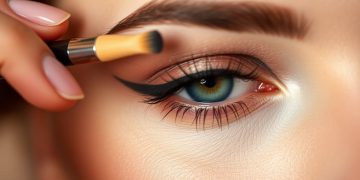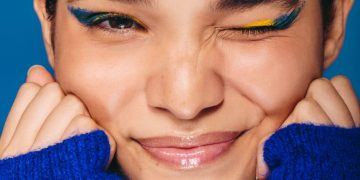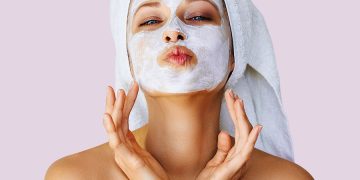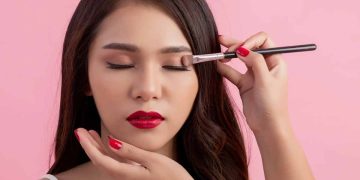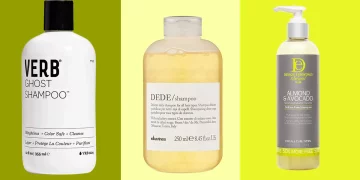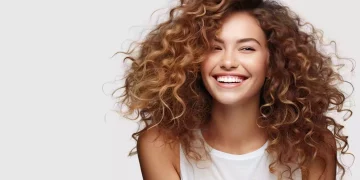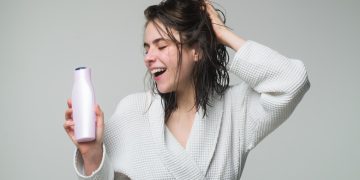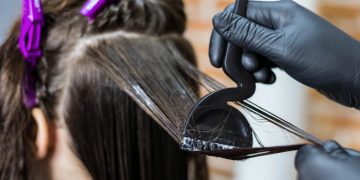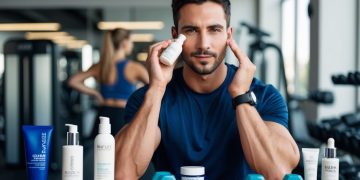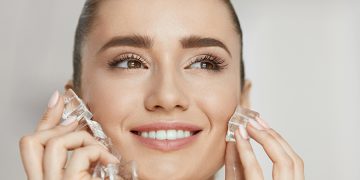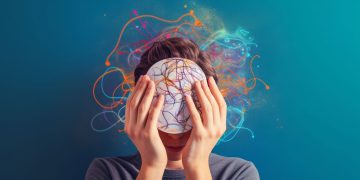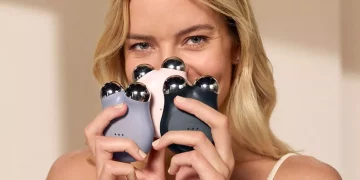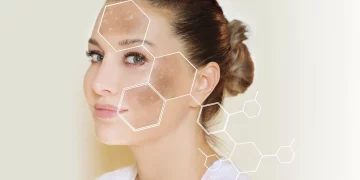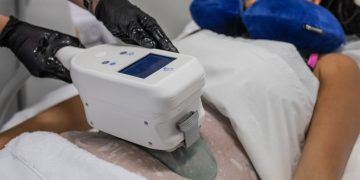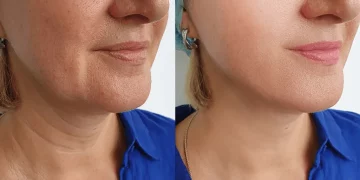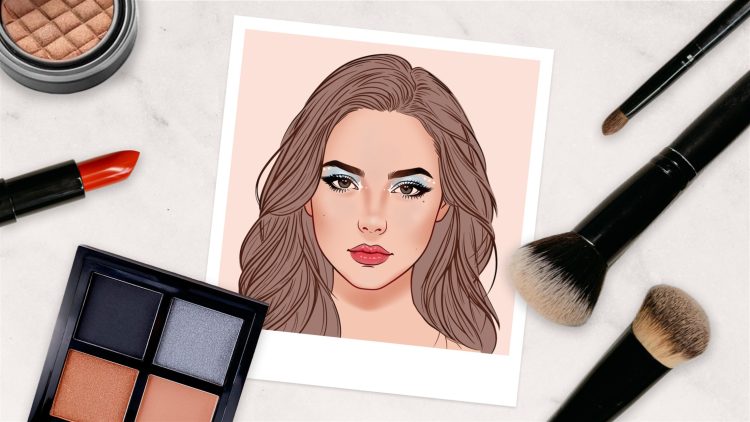Introduction
In recent years, the beauty industry has seen an exciting influx of AI-powered tools that promise to revolutionize the way we approach makeup. From virtual try-ons to personalized makeup recommendations, artificial intelligence (AI) has significantly altered the beauty landscape. One of the most fascinating innovations in this realm is AI-generated makeup, which leverages sophisticated algorithms to create makeup looks tailored to individual preferences and features. However, as we embrace these technological advancements, a pertinent question arises: Can AI, which relies on data and patterns, truly understand the complexities of human “diverse aesthetics”?
Beauty, after all, is deeply subjective, influenced by cultural norms, personal tastes, and individual interpretations of what is considered beautiful. Is it possible for AI to capture and replicate this diversity in a meaningful way, or will the algorithms remain limited by the data they are fed?
In this article, we will explore the rise of AI-generated makeup, its potential to cater to diverse beauty standards, and whether algorithms can ever truly comprehend the nuanced nature of human aesthetics. We will also examine the advantages and challenges of using AI in makeup, considering its implications on the future of the beauty industry.
1. The Emergence of AI-Generated Makeup
a. What Is AI-Generated Makeup?
AI-generated makeup refers to the use of artificial intelligence and machine learning algorithms to design or recommend makeup looks based on individual user data. These technologies analyze a person’s facial features, skin tone, and preferences to create personalized makeup suggestions or even to generate entirely new makeup looks.
There are two main types of AI applications in makeup:
- Virtual Try-Ons: AI-powered apps and tools allow users to virtually apply makeup to their faces using augmented reality (AR). This can include everything from lipstick and eyeshadow to foundation and blush. Some apps, like YouCam Makeup and ModiFace, allow users to see how a product will look on their skin before making a purchase.
- Automated Makeup Design: AI algorithms are now capable of creating entirely new makeup looks based on a user’s preferences, facial features, or desired effect. Companies like Fenty Beauty and L’Oréal have already started experimenting with AI to recommend customized makeup solutions.
In both cases, these AI tools are designed to help consumers discover products that suit them best and to assist makeup artists in creating looks that are personalized for individual clients.
2. AI’s Potential to Understand Diverse Aesthetics
a. The Promise of Personalization
One of the most significant advantages of AI-generated makeup is its ability to personalize the makeup experience for individuals. Unlike traditional beauty counter experiences where one-size-fits-all recommendations are often made, AI allows for a far more tailored approach. By considering factors like facial features, skin tones, undertones, and even eye shapes, AI can generate makeup looks that are much more suited to an individual’s natural characteristics.
This level of customization holds great promise for people with unique or underrepresented features, such as those with darker skin tones, non-European facial structures, or specific skin concerns. For example, AI has been used to help create foundation shades that match a broader range of skin tones, offering a more inclusive selection of products than ever before.
Furthermore, AI-generated makeup has the potential to bridge the gap between diverse cultural aesthetics. Different cultures have distinct beauty standards, and AI can be trained to understand and generate makeup looks that align with the specific traditions and values of various cultures, creating a more inclusive beauty experience.
b. Can AI Grasp the Full Spectrum of Human Aesthetics?
However, while AI offers exciting possibilities, true diversity in beauty is not always easy to capture. Beauty standards are shaped by more than just physical attributes—they are deeply influenced by societal norms, individual experiences, and cultural contexts, which often go beyond what an algorithm can process.
For example, makeup trends vary widely across regions. What is considered beautiful in one culture may be completely different in another. In some parts of the world, minimalistic, natural makeup is favored, while in others, bold, statement looks are the norm. AI, based on data inputs, might struggle to account for the intangible, evolving aspects of beauty that are shaped by personal expression, social movements, and cultural shifts.
Moreover, AI-generated makeup is typically based on data patterns collected from a broad set of users, which means that it may unintentionally favor more mainstream beauty standards—those that are widely accepted or have been popularized by influencers and celebrities. In this sense, the AI system might reflect pre-existing biases and fail to fully understand the nuances of personal and cultural aesthetics.
3. Addressing the Limitations of AI in Understanding Beauty
a. The Issue of Data Bias
One of the key challenges AI faces in understanding diverse aesthetics is the issue of data bias. The datasets used to train AI systems are often derived from limited sources, which can perpetuate certain beauty standards. For example, much of the data that feeds AI algorithms has historically focused on Western ideals of beauty, with a heavy emphasis on lighter skin tones, European facial features, and traditional beauty standards. This has led to significant gaps in AI’s ability to fully represent the beauty of people from other ethnic backgrounds or with unique features.
To address these biases, AI developers must strive to build more inclusive datasets that reflect a wider range of skin tones, facial features, and cultural contexts. Companies like Fenty Beauty and Estée Lauder have made strides in creating more inclusive product ranges, and similarly, AI technology must evolve to incorporate a broader array of beauty standards in its design and recommendations.
b. The Importance of Human Input
While AI-generated makeup can certainly assist with creating and recommending looks, the human touch remains essential. Beauty is not simply about following formulas; it’s about expression, creativity, and emotion. An AI system may be able to generate a makeup look based on a person’s features, but it may lack the intuitive sense of style that comes from a human makeup artist, who can understand nuances such as mood, occasion, or personality.
In this way, AI can be a tool for inspiration or assistance, but it should not replace the artistry and personal connection that comes with human-driven beauty practices. Makeup artists and beauty professionals will likely remain integral in helping individuals express their aesthetic vision, even in a world filled with AI-powered tools.

4. The Future of AI-Generated Makeup
a. Advancements in AI Technology
As AI continues to evolve, so too will its understanding of human aesthetics. Deep learning and neural networks are enabling AI to better analyze complex patterns and make more informed recommendations. Future AI tools may be able to understand not only physical features but also a person’s style preferences, cultural background, and emotional state, leading to even more personalized and thoughtful makeup suggestions.
Additionally, as augmented reality (AR) and virtual reality (VR) technologies improve, AI could allow users to experiment with makeup in increasingly realistic virtual environments. This could include the ability to try on looks for different lighting conditions, simulate how makeup will wear over time, or even see how it reacts to various facial expressions.
b. The Role of AI in Promoting Diversity
Ultimately, the future of AI-generated makeup hinges on its ability to embrace diversity in all its forms. AI must go beyond simply understanding skin tones and facial shapes—it must be capable of grasping the emotional, cultural, and personal contexts that define beauty for different individuals.
By combining data-driven insights with cultural sensitivity and personal expression, AI has the potential to offer a new kind of beauty experience—one that is inclusive, diverse, and truly tailored to the individual.
5. Conclusion: A Balance Between Technology and Human Creativity
As AI continues to make strides in the beauty industry, the question of whether algorithms can truly understand and represent the full spectrum of human aesthetics remains open. While AI-generated makeup offers exciting possibilities for personalization and accessibility, it still faces limitations in truly grasping the complexities of beauty—especially the nuances of individual and cultural expression.
For AI to truly succeed in understanding diverse aesthetics, it must evolve to account for more than just surface-level features. It must embrace the depth of human identity, which is shaped by history, culture, and personal experience. Ultimately, while AI can assist and inspire, the human element—creativity, intuition, and emotional connection—will remain at the heart of makeup artistry.
The future of AI in beauty, then, is not about replacing human creativity but enhancing it—creating a world where technology and artistry can coexist, offering an even more personalized and inclusive beauty experience for all.

